Tell us about yourself
I’m Teresa, I live in south Birmingham with my fiancé and two young children. I have survived the early years of motherhood with the help of photography. Not only has photography been a great tool for documenting my children’s childhood, but it has also provided me with a creative space away from motherhood. As well as sharing my work on Instagram, you’ll often see me sharing anti-diet culture posts in my stories and encouraging other mums to accept their bodies. Body acceptance is so important to the future of my work as a real-life family photographer, and I try to encourage mums of all shapes and sizes to get in front of the lens with their children; because we all deserve to show up in those memories, regardless of how we feel about our appearance.
You can follow Teresa’s work on her website at www.teresaeldridgephotography.co.uk or on Instagram @teresaeldridgephotography.
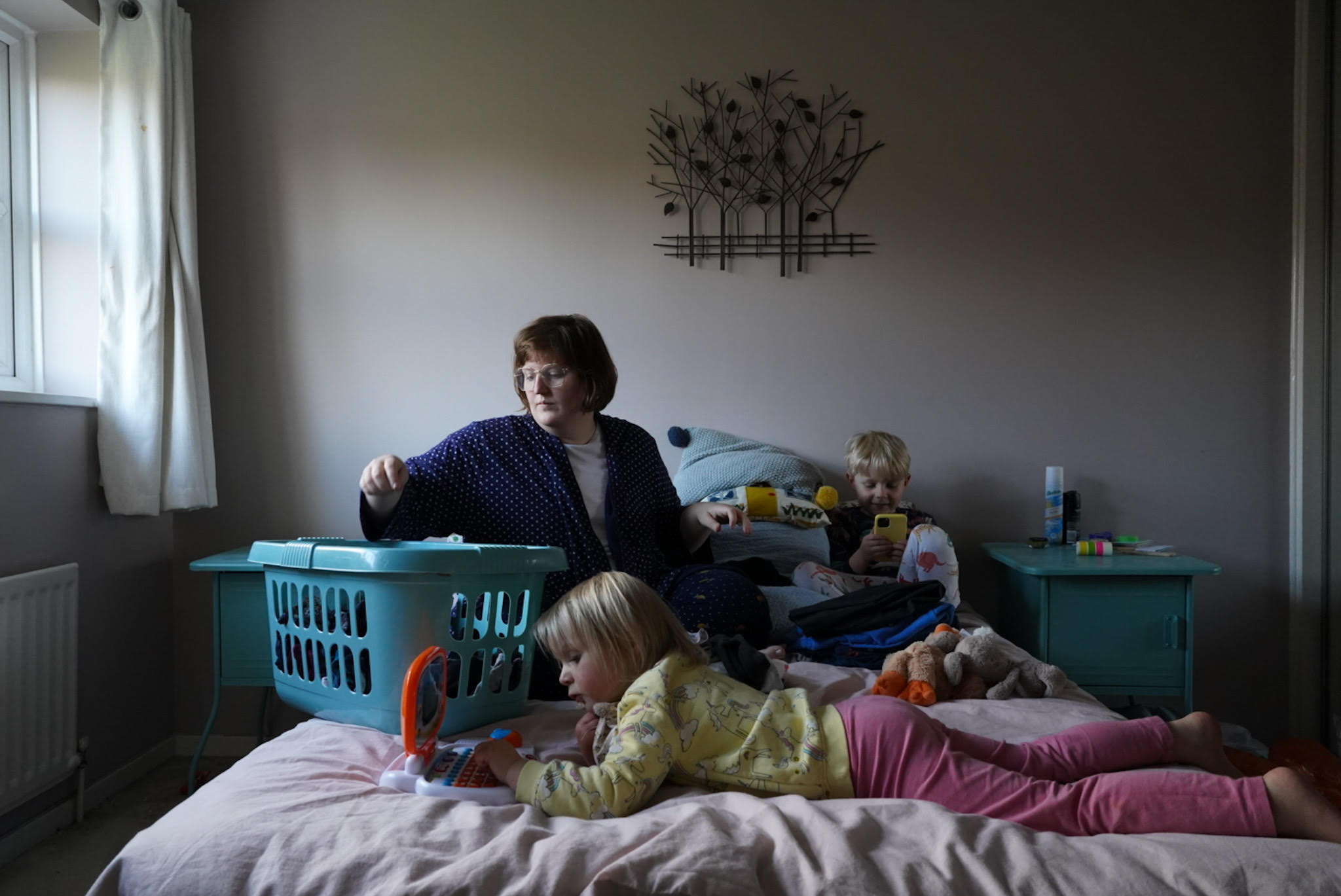
Your photography journey started long-time ago, as a degree student. Tell us a little about your studies and how you eventually found your way to family documentary photography?
My degree education was essentially a really expensive way of finding out what I didn’t want to do. I studied commercial photography, which gave me a very corporate, black-and-white view of photography. I walked away from my degree thinking all baby and family photography had to be overexposed in a white studio and definitely was not for me. Documentary photography was never really mentioned, I even had a lecturer scoff slightly when I told them my favourite photographer was William Eggleston. So feeling rather uninspired, I went on to study for a master’s in Visual Communications, where I specialised in advertising. Although a fascinating subject that taught me lots about our visual language, I couldn’t see myself working in that industry either.
It wasn’t until I had children of my own that I really realised there could be another way to photograph babies and families professionally. I started my own photography business whilst on maternity leave. I started off with a very soft, lifestyle approach to my work and editing, which gradually evolved to a more contemporary documentary approach. Finding out there was a whole genre out there that fitted my ethos and preferred approach to family photography was a massive penny-dropping moment. Everything about the genre makes sense to me. I knew I wanted to hone my skills, I was on the lookout for the right course when I learned Emma and Antonina would soon be launching their first round of Turning chaos into art and I just knew I had to do it!
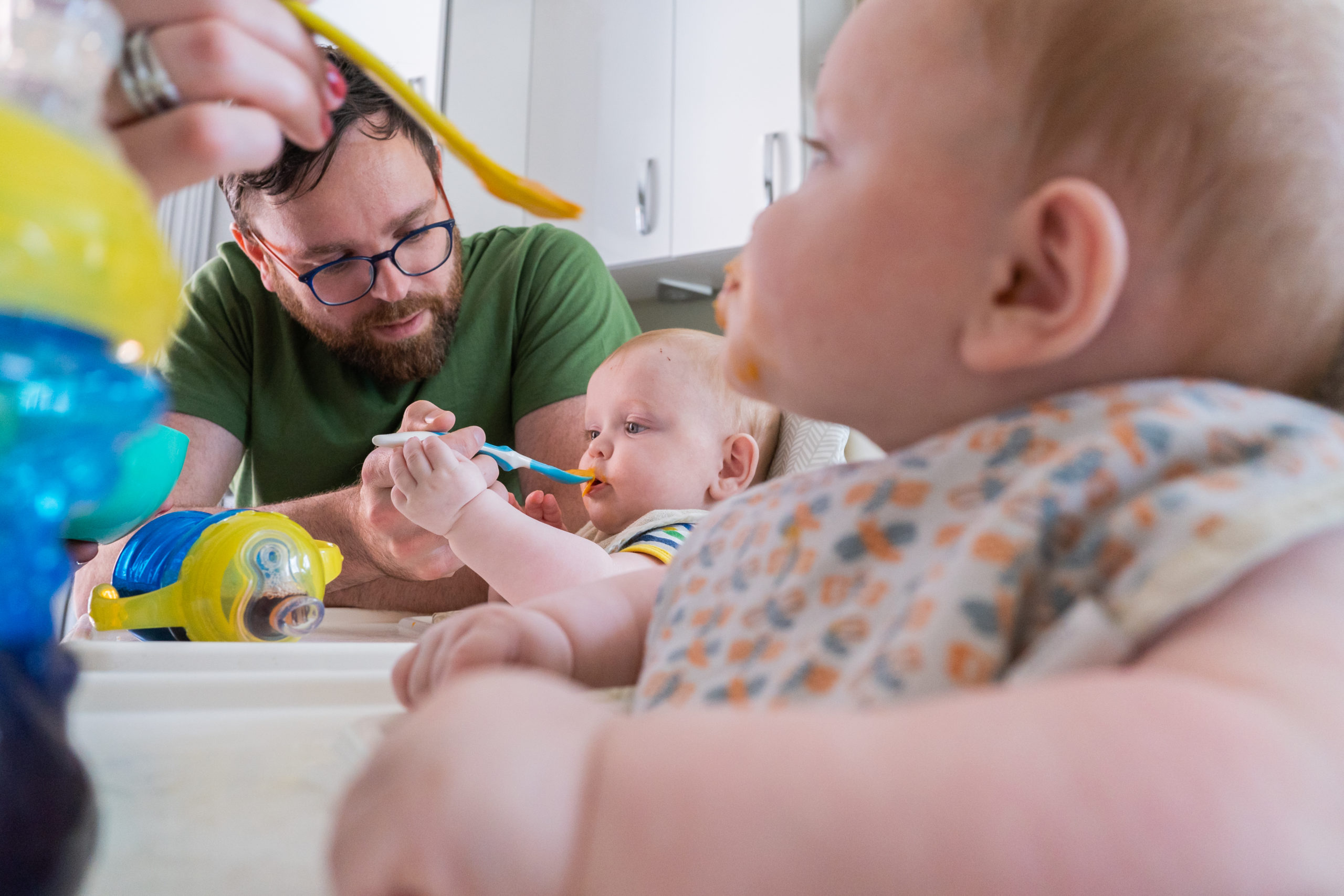
What is it that inspired you about documentary family photography and made you want to explore the genre? Has it influenced or changed the way that you make photographs?
Posed, contrived portraits have never interested me very much, whereas the ethos behind documentary family photography just makes complete sense. It captures the very essence of why family photography is important, it’s why I picked up a camera again to document my own children in the first place. I’m pretty sure most of my early memories are formed from the photographs I’ve seen rather than the memories themselves. And that’s what family photographs should be able to do, to stand in and tell the stories when our lived memories fail us. I love the idea of my children looking through our ordinary family photo albums when they grow up and for the pictures to trigger conversations.
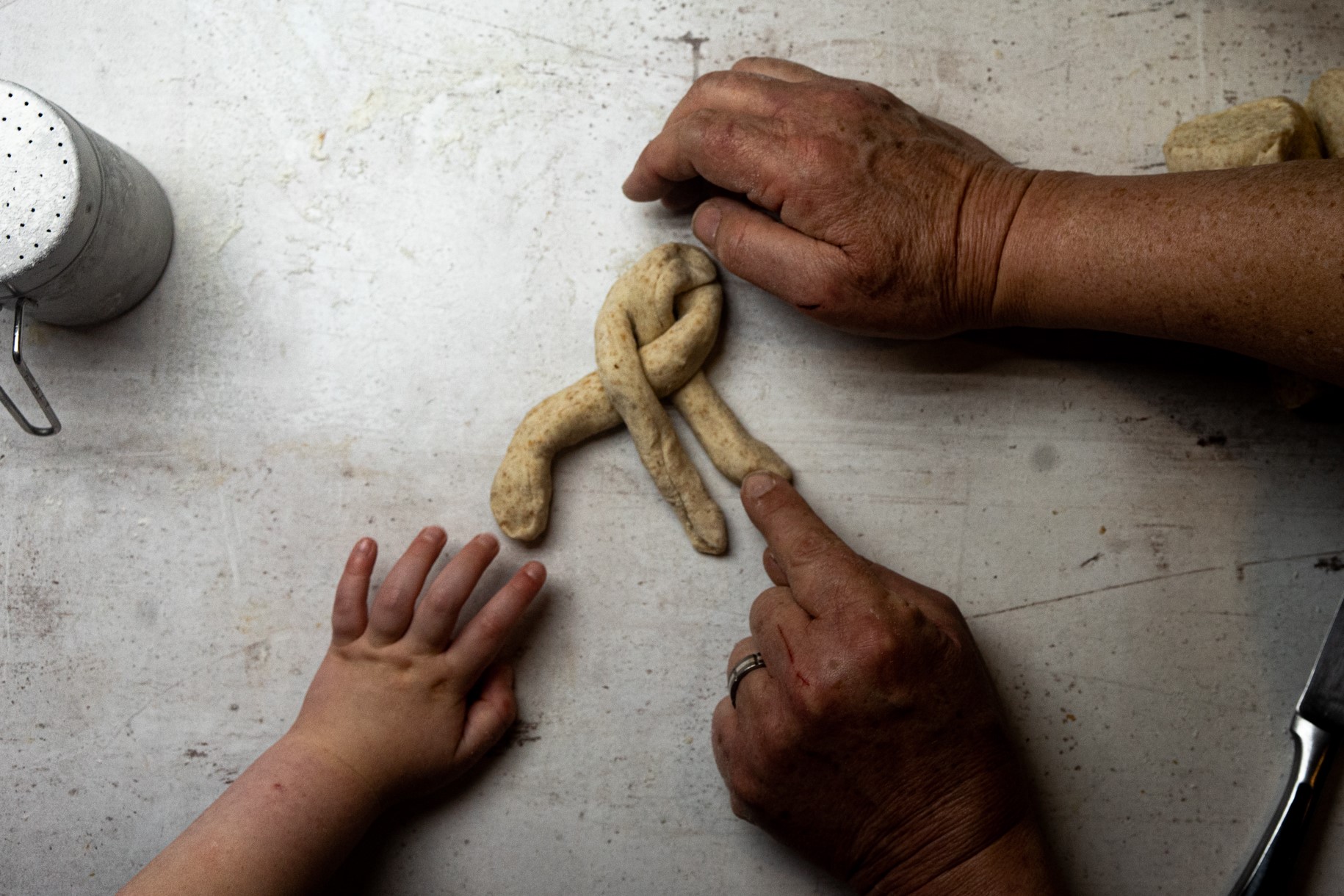
As a documentary shooter, what is your favourite set-up/camera/lens? Explain what it is you like about this setup and why it works for you.
I usually shoot with my sony a7mk111 and a 24 mm lens. I love the dynamic photographs you can achieve with a 24mm lens compared to your standard 35, it just feels like it represents the madness of life a little better, although it’s a massive challenge to make sure the frame is tight enough with a wider lens, if you aren’t skillful it can look messy. I could also never go back to a DSLR after going mirrorless 4 years ago I’m a complete convert to how lightweight and versatile the cameras are.
Since transitioning from lifestyle to documentary sessions, how has it changed the way that you approach a shoot and prepare your clients?
I used to give my clients a pre-shoot questionnaire and an information pack with suggestions of what to wear, what rooms to tidy and controlled things like that. Now, instead of a questionnaire I talk with them on the phone and gauge what kind of photographs they’re looking for from their session. it’s far more personal and informal and gives us an opportunity to get to know each other a little better before their session. I no longer tell them how to prepare for their session in as much detail, I mostly just tell them to wear what they love and feel comfortable in, and to tidy up as though they have a best friend coming around.
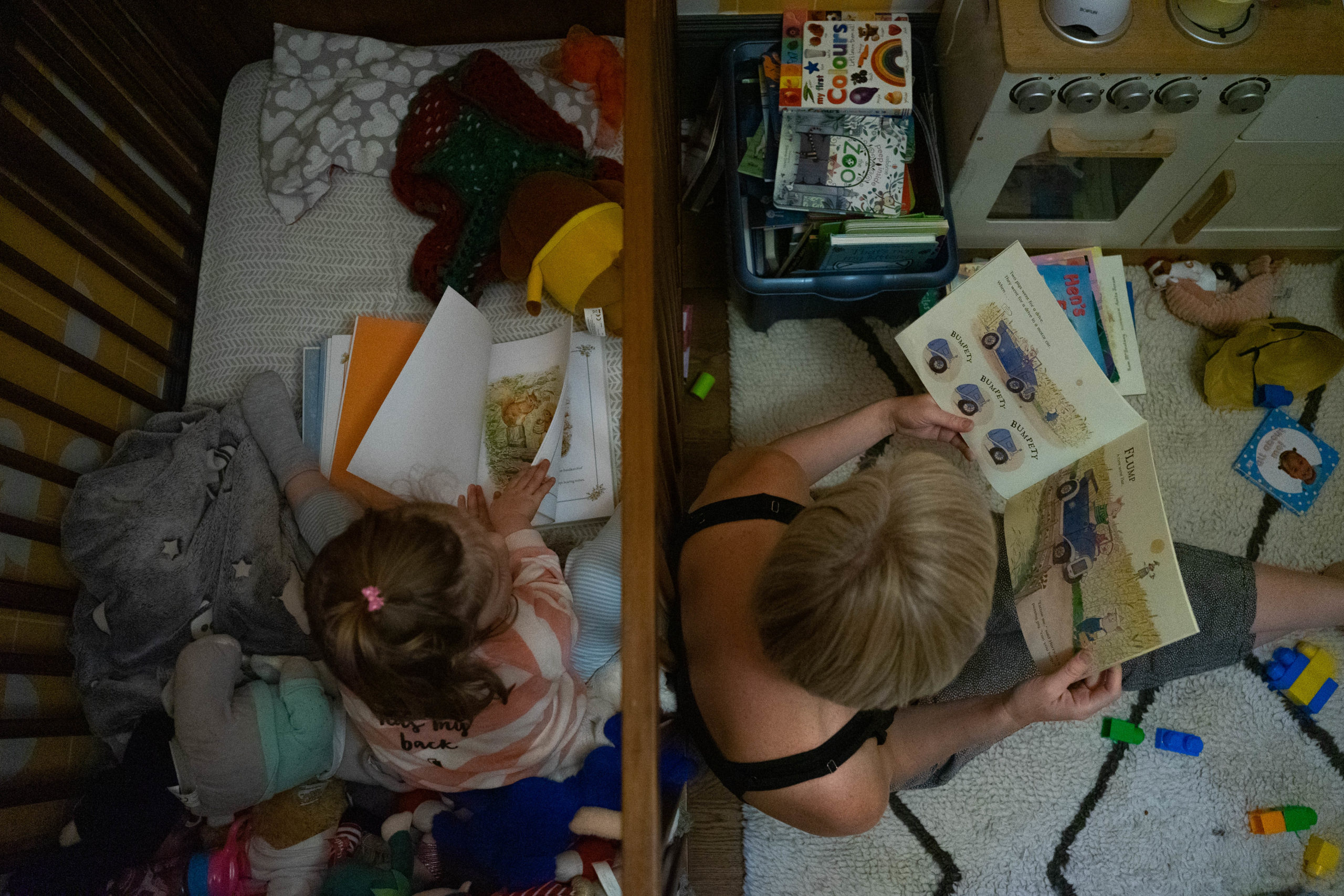
Do you have a favourite client shoot? What was it about this shoot that made it memorable for you? Please share an image from the shoot.
My favourite client shoot so far, although massively challenging, was photographing a family of 7, with a wide age range from baby to teen! There was so much going on, so many different pockets of activity, so there was always something interesting to shoot. The challenge, of course, was getting them all in the same space in a natural, unforced manner. But this really gave me a chance to be a little more abstract with what defines a family portrait.
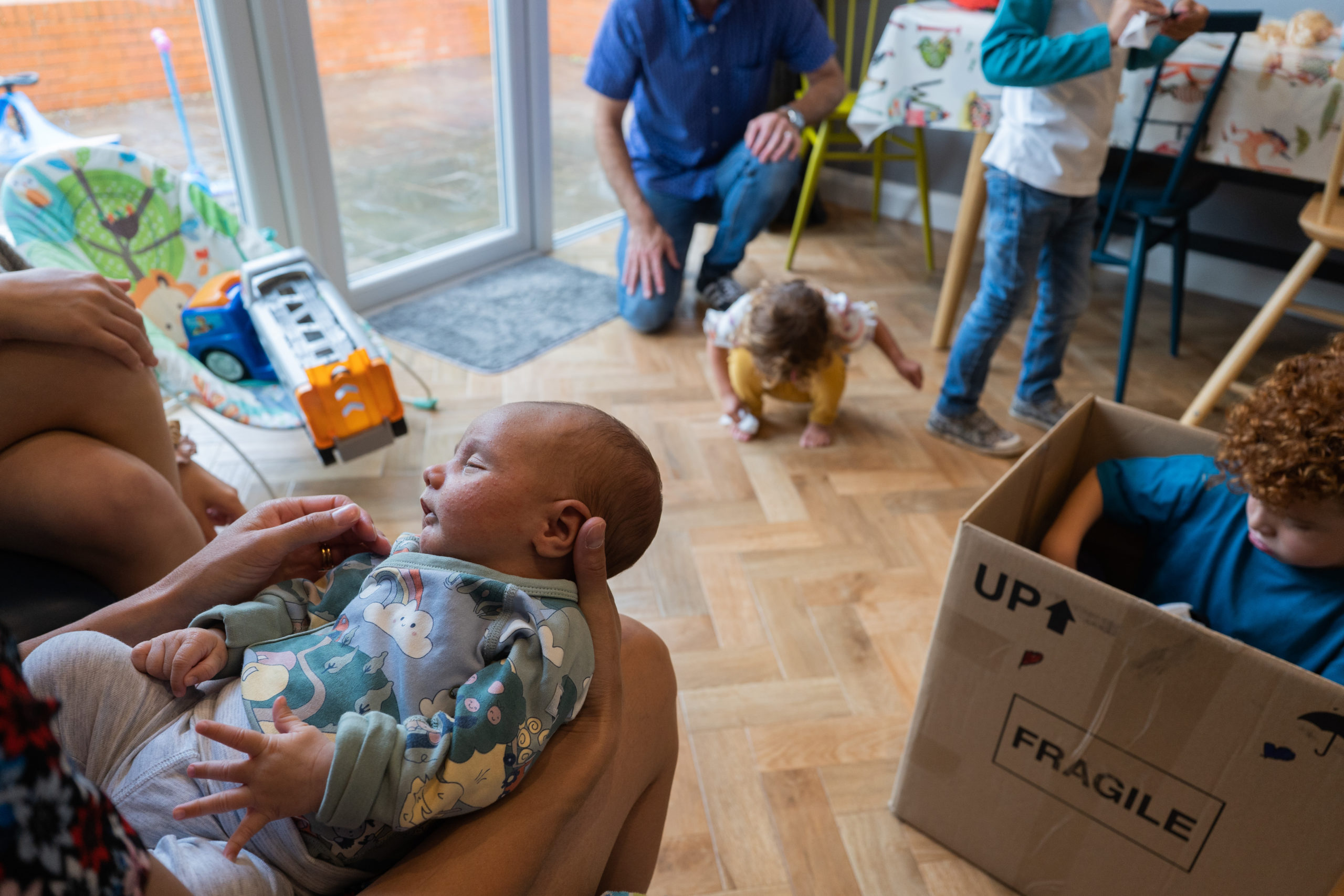
Can you tell us a little about the adorable personal project you have been working on about your daughter and her lion? Please share a link and an image representing a series so far.
My daughter adopted a cuddly lion from her brother when she was younger. It was originally bought for my son when I was pregnant with my daughter. We were passing time near the hospital, waiting for my appointment to be induced. We bought my son a Lion and chose a gender-neutral dinosaur for the baby (we didn’t know we were having a girl at this point). Anyway, my son completely shunned the poor lion, come to think of it I think it actually made him cry! Some months later, Alice found the abandoned lion and took an instant shine to him. He has been a constant companion for my daughter ever since. Four years on and the attachment is still as strong as ever. She went through a brief stage of saying she didn’t need him anymore now she’s a big girl, which is when I decided I needed to capture this special relationship before it ran its course.
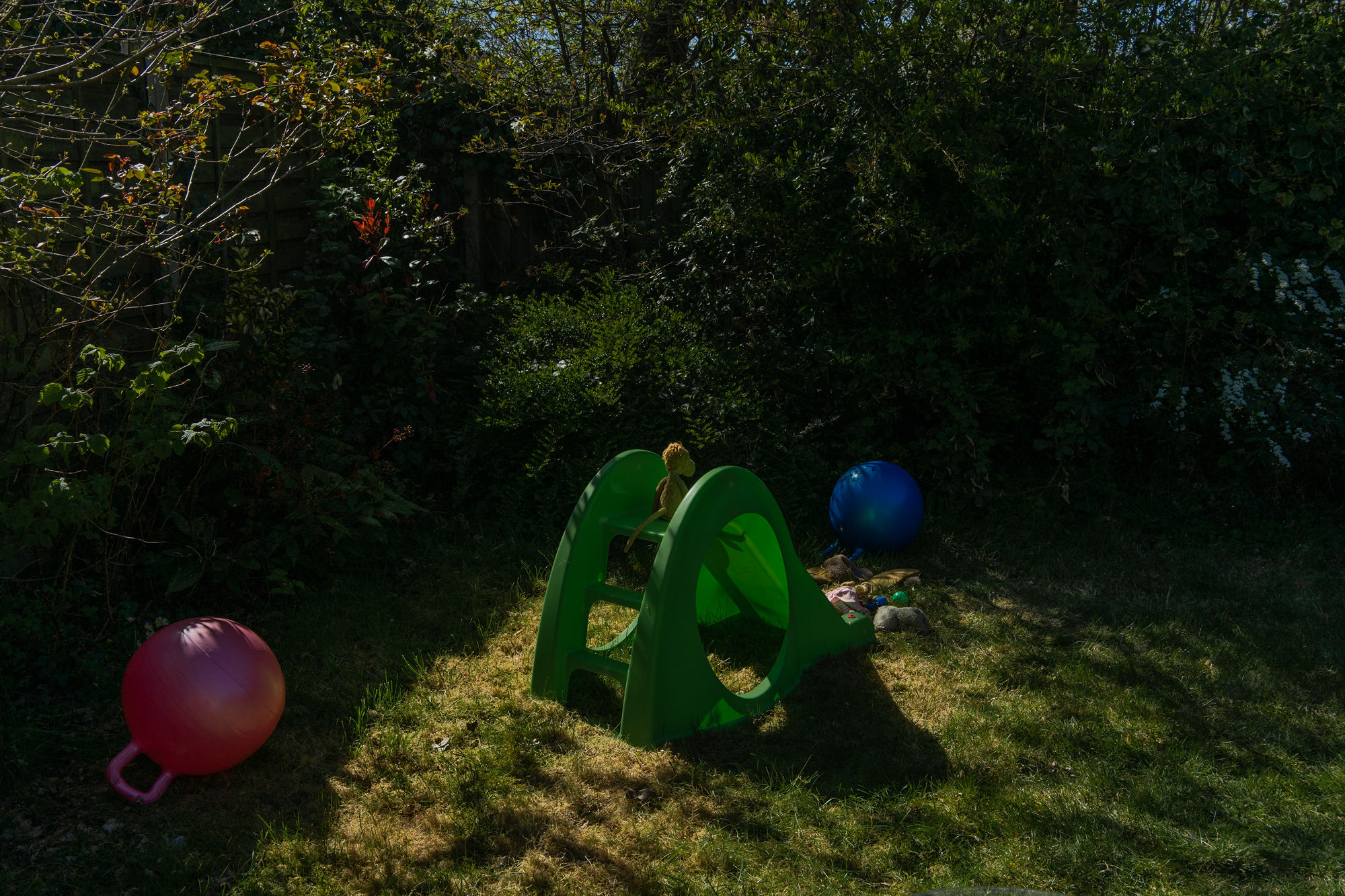
About Alumni Spotlight
Alumni Spotlight is an interview series showcasing documentary family photographers who have completed a mentoring programme with Made for Documentary. Our students talk about what makes them tick, showcase their favourite images and share advice for those wanting to dive into the world of documentary family photography.
Subscribe to our newsletter below to get the latest interviews right into your inbox.

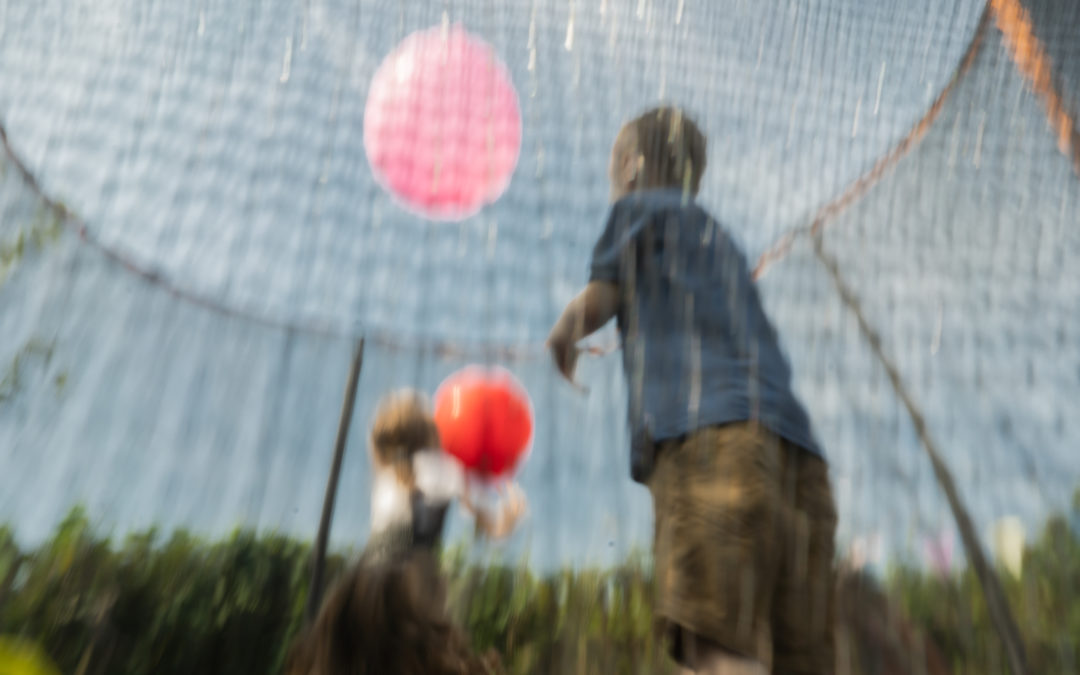
Recent Comments